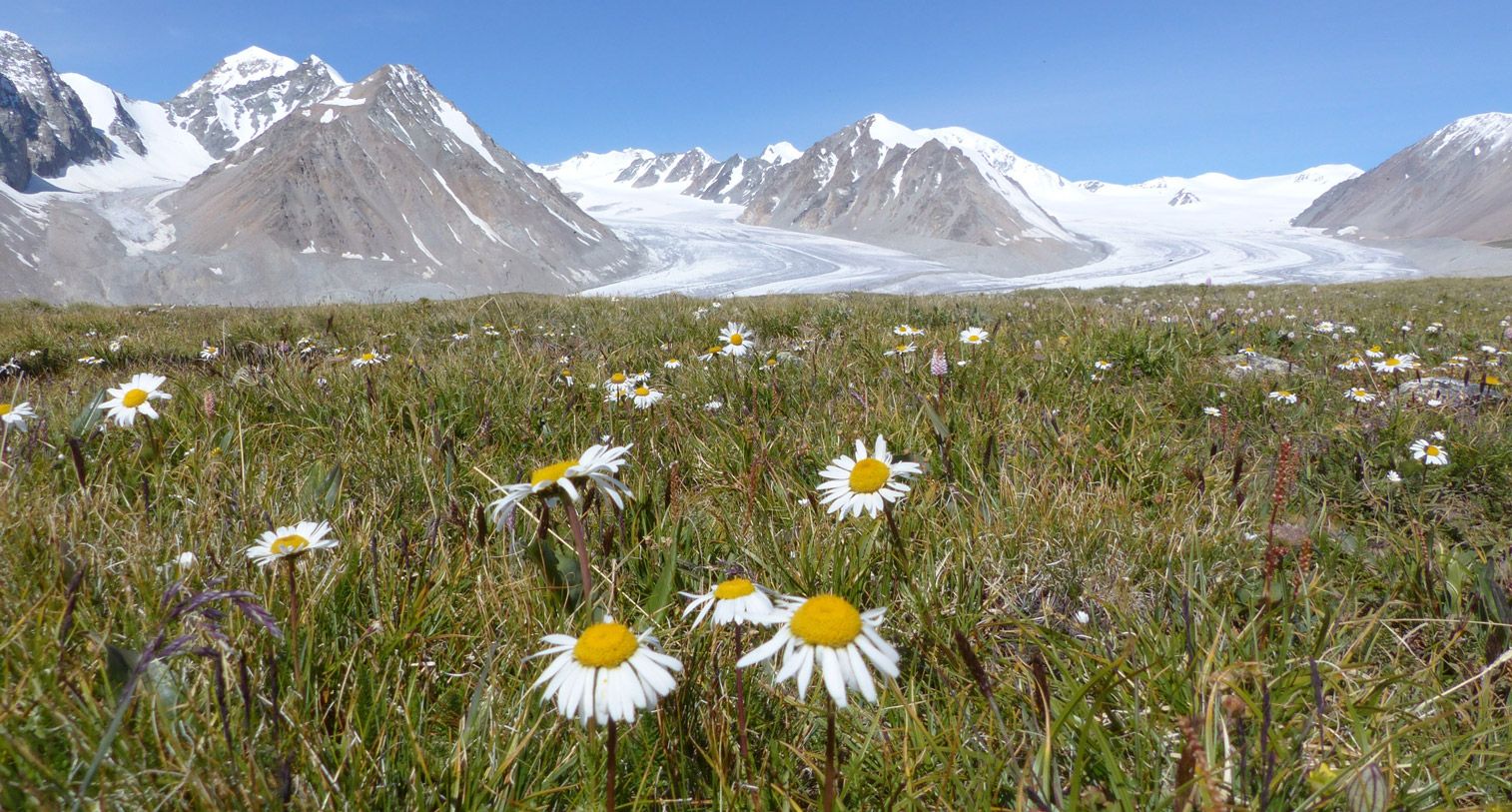Naadam

Mongolians used to organize Naadam festivals to celebrate rituals such as holding a great Khuraldai (meeting of rulers), enthroning a king, worshiping the sky or going to war. Now Naadam is celebrated every year to commemorate the anniversary of the National Liberation Revolution, the establishment of the first independent state of Mongolian nomads, as well as the Great Mongol Empire.
The Nine White Banners of the State (Turiin Yusun Khult Tsagaan Tug), which hang in the Government Palace and symbolize independence and sovereignty, are placed in the center of the Central Stadium during the festival. The chant and cheer of Mongolians coming from every corner of the country to welcome the banners and enjoy the festival make this celebration especially majestic. While there is only one national Naadam held in Ulaanbaatar, there are also many smaller festivals held in each province and city throughout the month of July.
The festival traditionally celebrates 'the three games of men': archery, wrestling and horse racing. There are also highly competitive ankle bone tournaments during the festival. Though directly translated to the games of men, Mongolian women do compete in archery and horse riding. Wrestling not only tests the strength of the wrestlers, but also teaches the athletes to handle both victory and defeat gracefully. Losers of a wrestling match must perform the ritual by taking off his ‘zodog’ (top) and go under the right arm of the winner honoring the victory of his opponent. The winner runs towards the state flag and performs a kind of dance as a sign of his victory. A dance-like ritual is performed before the fight by both wrestlers and afterwards by the winner to show respect to the audience while revealing strength. The wrestlers push their chest forward, stretching their arms above their shoulders towards the sky and slightly bending their knees looking to the right and left. This dance replicates giant falcons majestically landing from above. Archery is said to require an orderly mind and precision. Many Mongolians believe that horse racing, which features races up to 27 kilometers long, brings good fortune. Ankle bone shooting builds endurance and stamina. Winners of the horse races and wrestling matches are praised with traditional chants and are awarded titles and medals. The festival is a time of great celebration and Mongolians dress up for the part – donning their specially designed deels and ornaments.
Cloths
Divine garments and beastly bodies
This is a common saying in Mongolia. The traditional “deel” and other clothing have been created to be compatible with the climate and lifestyle of nomads. Mongolian traditional costume consists of a hat, deel (a body-length, often wool garment), “uuj” (a long, sleeveless vest worn by women over the deel), coat, vest, underwear, and boots. They have great respect towards these traditional clothing as well. For example, hats and belts worn by men are to be placed respectfully in the honored place of a home. Though these items can be extremely beautiful, often in matching colors for husband and wife, they have several functions: to keep nomads warm in the harsh winters, to be comfortable while horse riding, and cool in hot summers.




